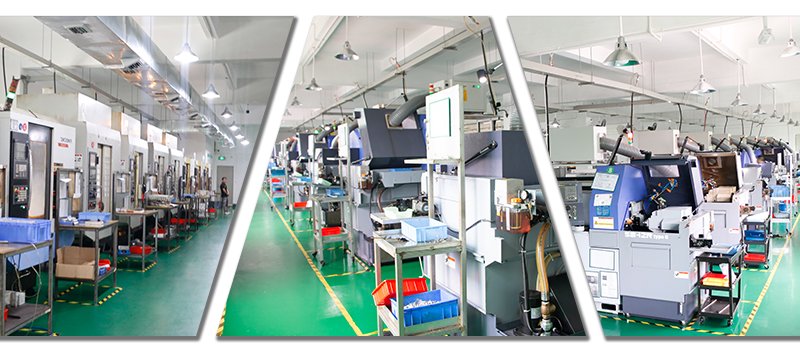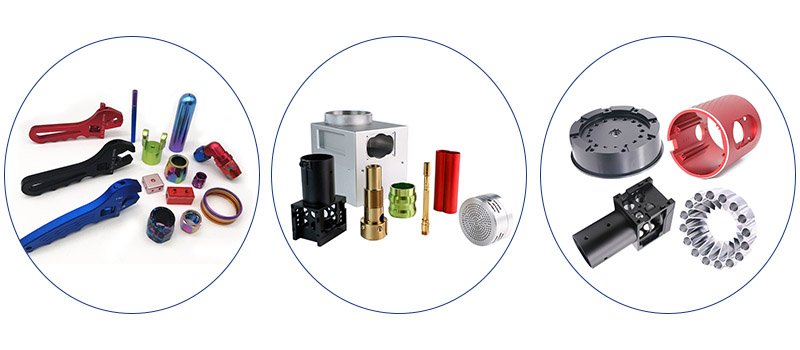As someone deeply entrenched in the CNC machining world at YL-Machining, I often encounter a recurring question from clients: Why do we need to provide both 2D CAD and 3D STP files for a CNC machining quote? It’s a great question, and understanding the reasoning behind this requirement can help streamline the quoting process, improve communication, and ultimately save time and money.
Let me guide you through the essential role these files play, the differences between them, and why both are indispensable when seeking a precise CNC machining quote.
Understanding the Basics: What Are 2D CAD and 3D STP Files?
Before diving into why both files are necessary, let’s first clarify what each one entails.
1. 2D CAD Files
2D CAD (Computer-Aided Design) files are essentially technical blueprints. They provide:
- Dimensional details such as length, width, and height.
- Annotations like tolerances, material specifications, and surface finish requirements.
- Critical notes for manufacturing, such as thread details or chamfers.
Think of the 2D CAD file as a map—it guides machinists through the exact specifications needed for precision work.
2. 3D STP Files
3D STP (Standard for the Exchange of Product Data) files are digital, three-dimensional models of your part. They enable machinists to visualize the part’s geometry, including complex surfaces and features, in a way that 2D drawings cannot.
A 3D STP file acts like a virtual prototype. It provides a complete picture of the part’s shape and helps in creating toolpaths for CNC machining.
Why Do CNC Machining Quotes Require Both Files?
1. Precision in Cost Estimation
When preparing a CNC machining quote, precision is paramount.
- 2D CAD files provide critical tolerances and annotations that directly influence machining complexity and cost. For instance, tighter tolerances require more precise (and expensive) tools and slower machining speeds.
- 3D STP files allow for a comprehensive assessment of part geometry, which helps determine the optimal machining strategy. Complex surfaces or undercuts, for example, may necessitate specialized tooling or additional setup steps.
Without both files, machinists might miss key details or misinterpret requirements, leading to inaccurate quotes.
2. Avoiding Miscommunication
Imagine you’re communicating an intricate part design to a team using only words. Misunderstandings are almost inevitable. The same applies when relying on a single type of file.
- 2D CAD files can sometimes omit nuanced details about geometry. For example, a curved surface may look like a straight edge in a 2D view.
- 3D STP files lack the specific annotations present in 2D CAD files, such as thread depths or finish requirements.
Together, these files provide a full picture that minimizes errors and miscommunication.
3. Optimizing Machining Processes
CNC machining isn’t a one-size-fits-all process. Different features on a part might require various machining techniques.
- A 3D STP file helps machinists visualize the overall design and determine the most efficient machining sequence.
- A 2D CAD file ensures that critical specifications, like tolerances and finishes, are not overlooked during production.
By combining insights from both files, machinists can optimize toolpaths, select the right tools, and ensure the part meets all functional requirements.
4. Streamlining Quoting and Production
Providing both file types up front can significantly reduce back-and-forth communication during the quoting phase.
- Without a 3D STP file, machinists might request additional clarification about geometry.
- Without a 2D CAD file, they might need to confirm tolerances or finishes.
This back-and-forth delays quoting and could push your project timeline.
Key Features to Include in Your Files
To ensure an accurate and efficient quoting process, make sure your files include the following:
In the 2D CAD File:
- Exact dimensions with tolerances.
- Clear annotations for material type, surface finish, and thread specifications.
- Manufacturing notes for specific features, such as knurling or deburring requirements.
In the 3D STP File:
- A complete, accurate representation of the part’s geometry.
- All complex surfaces, holes, or undercuts clearly defined.
- No extraneous or outdated design features (ensure the file reflects the latest revision).
Common Challenges and How to Overcome Them
1. Lack of Compatibility
Some clients worry that their design software might not be compatible with the CNC shop’s systems. Fortunately, STP files are a widely accepted standard, and most CNC shops can work with major CAD file formats.
Tip: Always verify file compatibility with your machining partner before submission.
2. Missing Critical Details
Relying solely on a 3D file might seem convenient, but missing tolerances or finish specifications can lead to costly rework.
Tip: Double-check your 2D CAD file to ensure it includes all manufacturing-critical annotations.
The Benefits of Providing Both Files
Providing both 2D CAD and 3D STP files isn’t just about meeting a CNC shop’s requirements—it’s about ensuring your project runs smoothly from start to finish. Here’s how you benefit:
- Faster Quotes: With all necessary details in hand, CNC shops can provide quicker and more accurate quotes.
- Reduced Errors: Clear communication through detailed files minimizes production errors.
- Cost Savings: Accurate file submissions reduce the likelihood of costly rework or delays.
Conclusion: A Best Practice for CNC Success
At YL-Machining, we’ve seen firsthand how providing both 2D CAD and 3D STP files can make or break a project. These files work together like a blueprint and a prototype, offering a complete view of your part and its requirements.
If you’re new to CNC machining or looking to streamline your next project, don’t hesitate to reach out for guidance. At YL-Machining, we specialize in turning your designs into reality with precision and efficiency. Whether you need help preparing files or want to discuss your project, we’re here to support you every step of the way.
Ready to get started? Let’s create something exceptional together.






